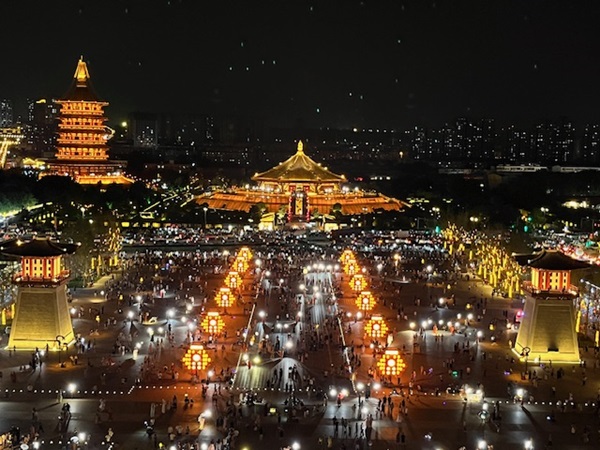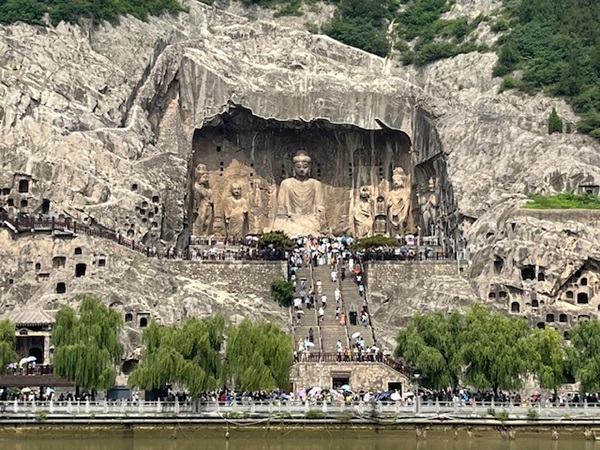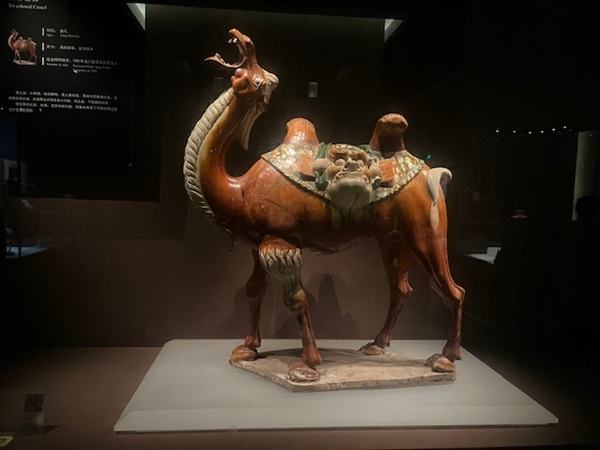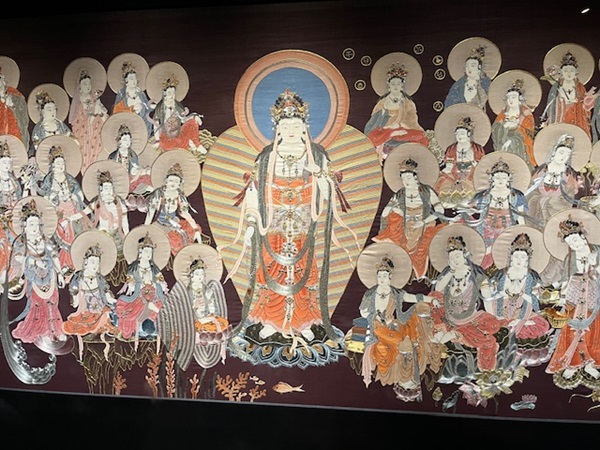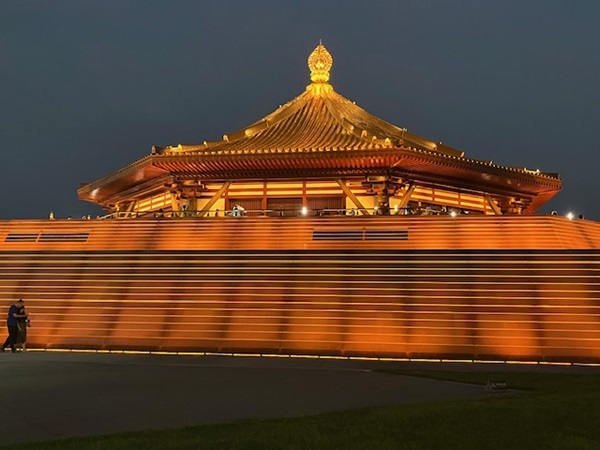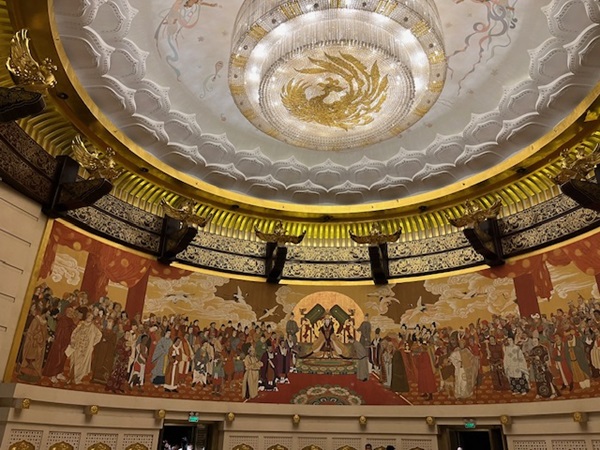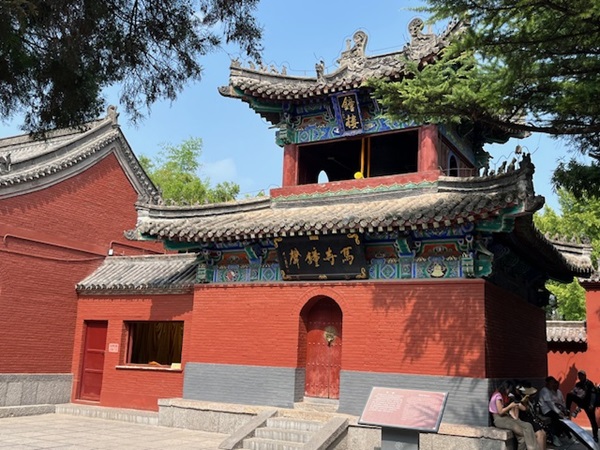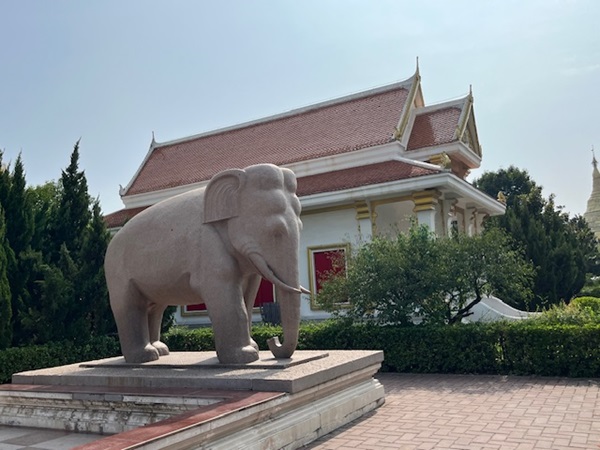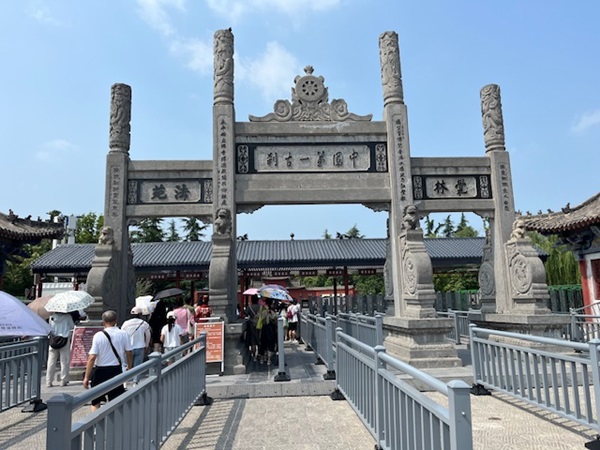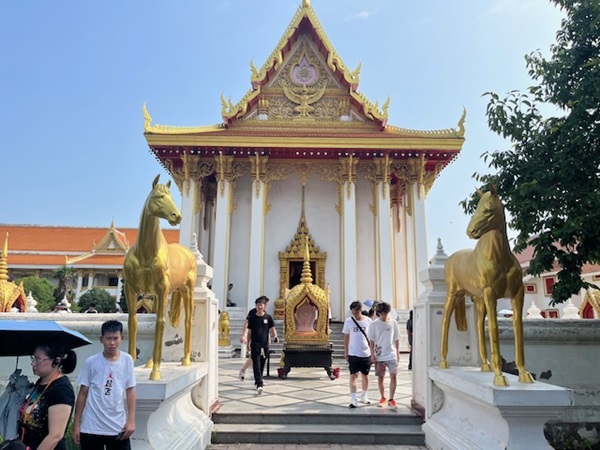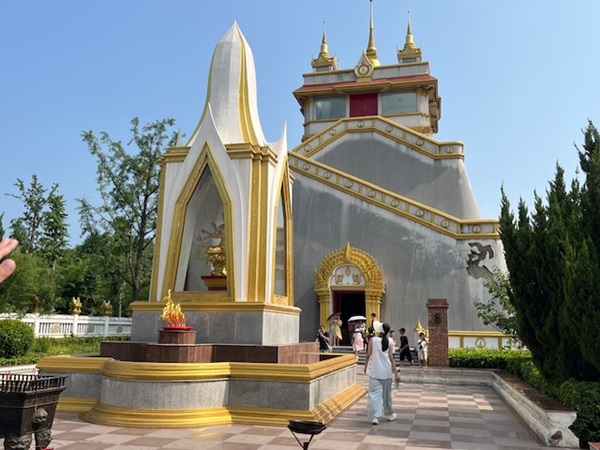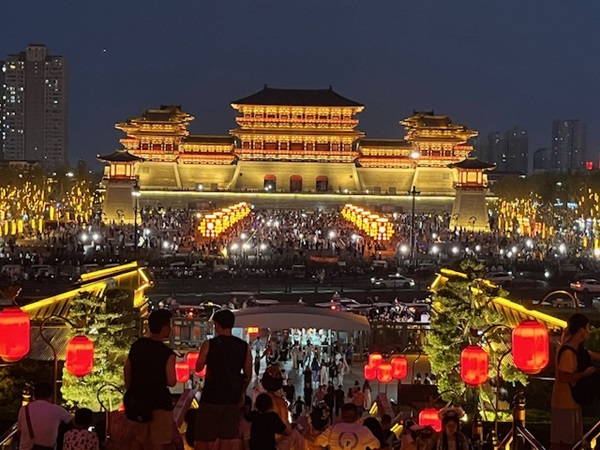 Longmen Grottoes;
Credit: Chronicle.lu
Longmen Grottoes;
Credit: Chronicle.lu
Continuing my series of articles on my recent visit to Henan proving in China, this one focuses on what we got up to in Luoyang.
Luoyang is easily accessible via bullet train - the journey lasts just 36 minutes - or by a private tour (by road) with the travel distance almost two hours.
China had no less than 24 dynasties, of which no less than thirteen had Luoyang as their capital (to make it a bit more complicated, some dynasties has multiple capitals as they changed with emperors).
At the magnificent White Horse Temple, there were multiple Buddha statues, etc. (around 10% of China is Buddhist), as well as other temples in the same complex that were influenced by India, Thailand and Myanmar. While the original construction of this historic first-known temple in China was achieved during the Han dynasty, much had been rebuilt in the Ming dynasty. And again all information panels are in both Chinese and English.
We visited the Luoyang Museum too, which complemented the Henan Museum in Zhengzhou. One of the things we noticed in particular here was that statues of animals such as horses and camels had been buried with noblemen, but the remains of pandas (not statues) were buried alongside them: this we were led to understand was based on the panda not being revered then as it is today.
After dinner, as night was falling, we visited the Yingtian Gate, as well as Tiantang and Mingtang, perfectly reconstructed gates, emperors' ceremonial and prayer buildings, as well as the original gate foundations and the images of the phoenix bird (many of the Chinese buildings had been made from wood which did not survive fire). The size of the complex was enormous, with much effort and investment going into restoring the past, with the entire area being lit up by way of a light show.
The following morning we continued our discovery of the region around Luoyang and we visited the Longmen Grottoes. These had nothing to do with neither lanky males nor caves, but it was rather a hollowed-out temple from ancient India. It is located on the limestone rock face along a one-kilometre stretch of the local river which flows into the Yellow River, and conjured images of Luxor in Egypt. It totals 2,345 preserved caves and 100,000 statues as well as 80 pagodas (the largest Buddha is an astonishing 17.4m tall). It is one of the top four grottoes in China and it dates from 1,500 years ago. The tourist hot-spot is very popular (particularly with local Chinese) and its busiest days can see up to 60,000 visitors, with five million people annually. It has been a UNESCO Would Cultural Heritage site since 2000, with the styles of Buddhas, etc., having influences from India, Egypt, Greece and Mesopotamia. On the issue of decolonisation, our tour guide confirmed that some statues had indeed been stolen (or sold/purchased), with some being returned, with others being destroyed by nature. Some are also on display at the MOMA in New York.
For the main / introductory article on my trip to Henan, please click here.

